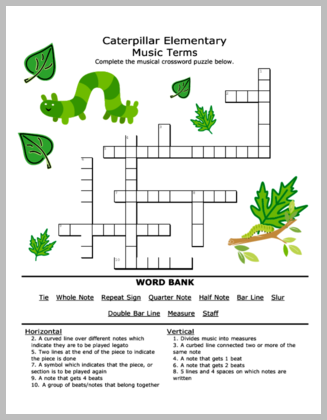Have you heard of urtext editions? It’s probably safe to say that all serious musicians come across this term, and use urtext editions, at some point in their education or career. But if you don’t already know about it, let’s explore it together now!
According to Henle.de:
The term “Urtext” has been debated ever since it was first used. Yet the idea behind it is simple and easy to understand: the musician is offered a musical text which solely reflects the composer’s intentions. One might think that this is self-evident. However, well into the twentieth century the great performers of the day were absolutely convinced that musical texts – especially those of works from the eighteenth century – were incomplete or had suffered from faulty transmission, in particular concerning how they were to be performed. This being the case, they altered the text, made additions and polished it, either at their own discretion or citing eye witnesses or ear witnesses. In so doing they generally did not refer to the original sources but often arranged the first printed version that came along, which itself probably differed from the original. Thus the original musical text was substantially distorted, sometimes to the extent that it was no longer recognisable…
In order to produce an Urtext edition worthy of the name, the editor must first of all strip away the distorted layers…
The composer’s original manuscript is often gone and even if it is available, the editor must ascertain whether the composer did not also authorize later sources (e.g. the first edition)….
This is where the text-critical editor is required to make decisions…
There is no such thing as the one valid Urtext version of a musical composition, because – as said before – the Urtext edition is not the same as a composer’s manuscript….
The verified musical text that is exclusively based on the musical sources is at the heart of each Urtext edition.
Today it is easier than ever to find urtext editions for yourself and/or your students! For example, did you know that SheetMusicPlus sells urtext editions? They do. From the ease and comfort of your own home, you can find an urtext edition for the next piece of music for your or your student. It doesn’t get much more convenient than that! That is why SheetMusicPlus is a resource that Piano Discoveries personally uses, and recommends.

